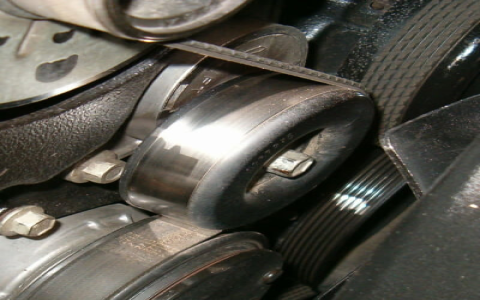Identifying Serpentine Belt Noise Causes
Serpentine belt noise in your Honda CR-V typically stems from wear, misalignment, or insufficient tension. Common signs include squealing or chirping sounds during startup or acceleration. Inspect for cracks, fraying, or glazing on the belt surface. If components like idler pulleys or tensioners show play or corrosion, they contribute to abnormal friction. Address this promptly to prevent accessory system failures such as alternator or power steering loss.
Utilizing the Belt Diagram for Accurate Repair
Refer to your Honda CR-V serpentine belt diagram to ensure proper routing and tension adjustment. Diagrams illustrate the specific path over pulleys including crankshaft, alternator, and AC compressor. Misrouting often amplifies noise. Cross-check with your model year diagram to verify component positions before any adjustments. If unavailable, sketch the current setup to avoid rework.
Step-by-Step Fix Procedure
Follow these professional steps to eliminate noise:

- Release tension: Use a belt tensioner tool to loosen the automatic tensioner and slide off the old belt safely.
- Inspect components: Check pulleys for smooth rotation and wobble; replace worn bearings if needed. Verify tensioner arm movement is free.
- Install new belt: Align the new serpentine belt precisely per the diagram. Ensure it sits fully in grooves without twists.
- Adjust tension: Re-engage the tensioner and confirm proper deflection (typically 0.5-1 inch play on the longest run). Test operation without engine start.
After reassembly, run the engine briefly to validate noise elimination and monitor for overheating or slipping. Replace belts every 60,000-100,000 miles as preventive maintenance.

